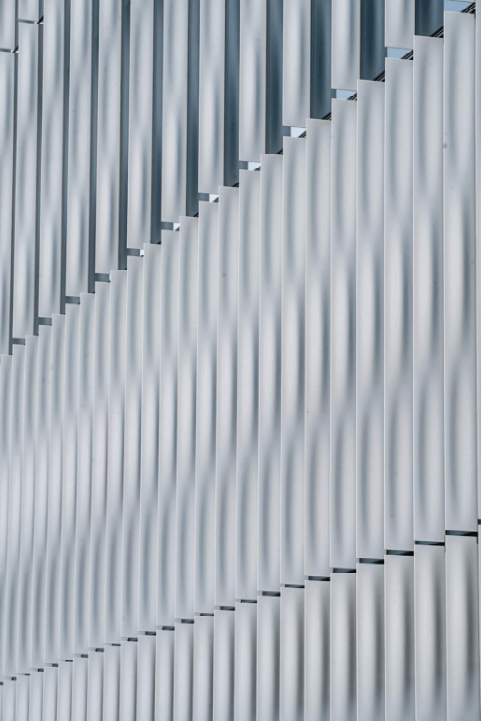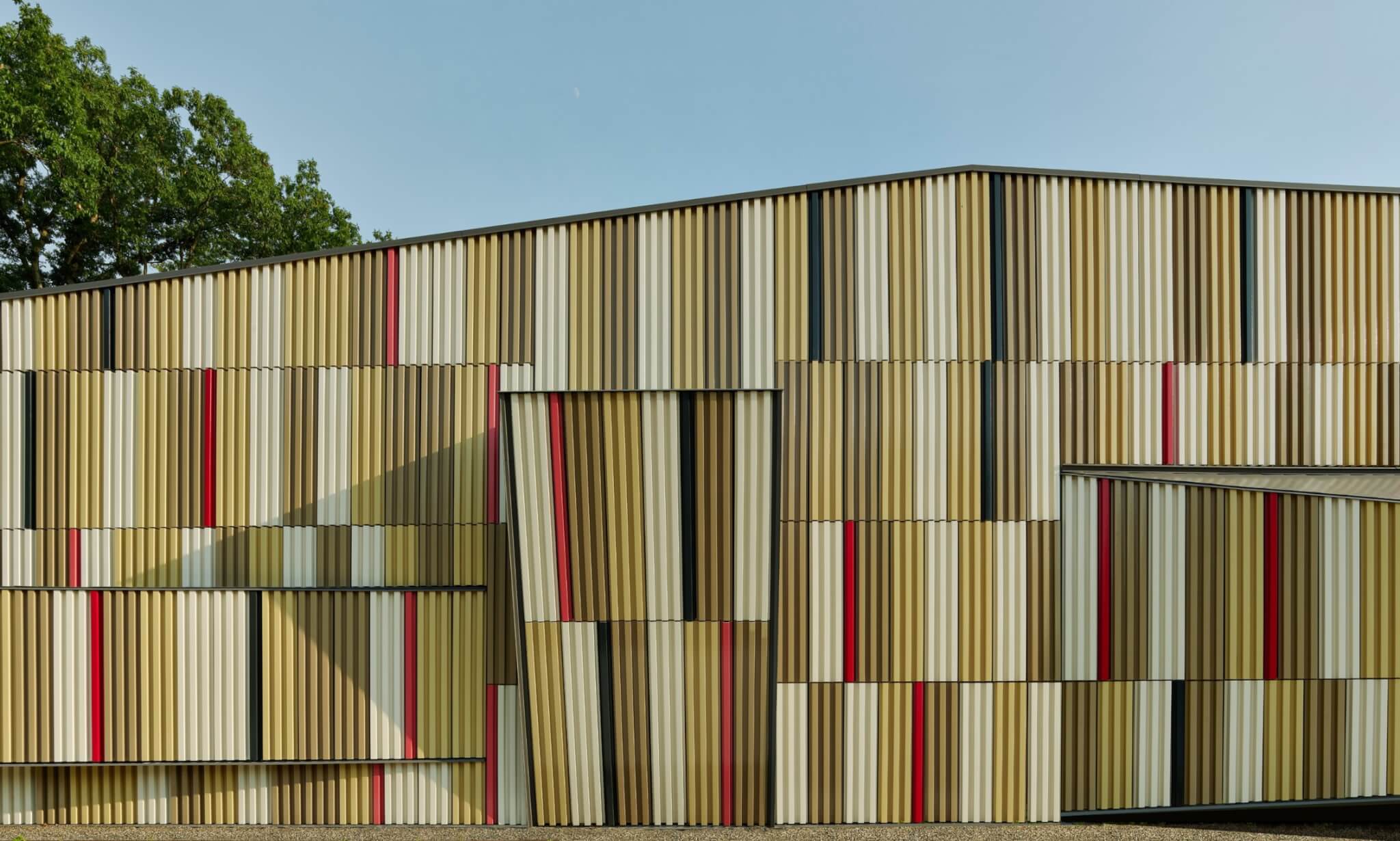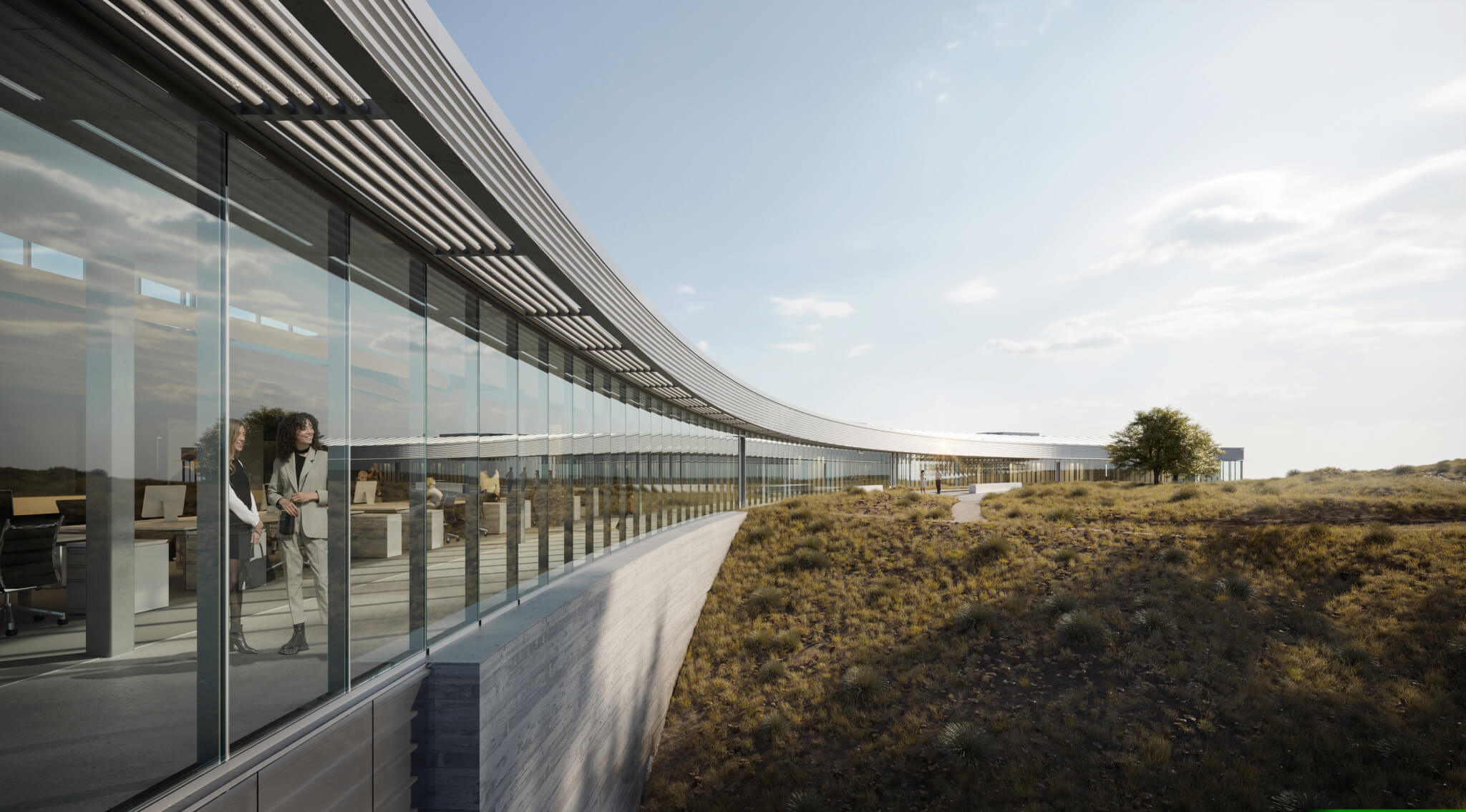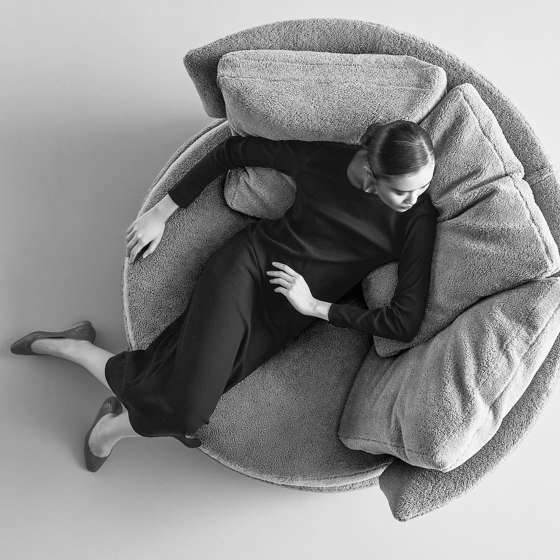Facades+ looks back on a successful 10th anniversary year
Facades+ celebrated its 10th anniversary year with 12 successful events across North America. In a year that saw increasing interest in mass timber, embodied carbon, and adaptive reuse, Facades+ covered the highest performing and most innovative building envelope designs.
Facades+ began the year with events in Atlanta, Philadelphia, and San Francisco. The Atlanta conference, co-chaired by Cooper Carry principal Brian Campa, featured a presentation on the Winter Park Library from Adjaye Associates and Thornton Tomasetti, and a workshop on the region’s mass timber potential led by Clemson University Professor of Forestry Pat Layton. The Philadelphia program highlighted the city’s strength in masonry work with DIGSAU’s Clay Studio and Moto Designshop’s Arrupe Hall. Facades+ worked with the team at DIGSAU, led by principal Mark Sanderson, as co-chairs, and featured University of Pennsylvania Associate Professor of Architecture Rashida Ng as a guest moderator. In March, Facades+ returned to the West coast for its annual San Francisco event, co-chaired by Brent Van Gunten, a technical director at Gensler. Lisa Rammig, a director at Eckersley O’Callaghan, and Shruti Kasarekar, an associate director at Atelier Ten, presented on the latest in energy modeling and natural ventilation strategies for the building envelope through a series of case studies spanning from San Jose to Hong Kong.

Wrapping up the Spring circuit, Facades+ returned to New York for its largest conference of the year, co-chaired by Handel principal Blake Middleton. The first day featured keynotes from Marlon Blackwell, principal of Marlon Blackwell Architects, and Elaine Molinar, a partner and managing director at Snøhetta. The afternoon was highlighted by a panel on the facades of New York’s cultural centers, with SO – IL’s Kevin Lamyuktseung presenting the firm’s work on Brooklyn’s Amant Foundation alongside engineers Sean O’Brien and Erin Regan, from Simpson, Gumpertz & Heger. Their presentation covered the challenges of working with in-situ concrete in New York City. The panel rounded-out with a presentation by REX founder and principal Joshua Prince Ramus and Front Inc. senior associate Vishwadeep Deo on the Perelman Center, emphasizing details about the marble procurement process and patterning.

Over the Summer, Facades+ traveled to Austin, Boston, and Toronto. Returning to Austin for only the second time, the conference was co-chaired by Ashley Heeren, an associate at Lake|Flato. The day showed off the firm’s work with ICON on House Zero—a 3D-printed concrete house—and Johnston Marklee managing director Nicholas Hofsted detailed the firm’s addition to Renzo Piano’s Menil Foundation. In Boston, Placetailor’s former director of operations, Brad Prestbo, presented the firm’s work on deep-green retrofits for public housing. The conference, co-chaired by Elkus Manfredi Architects chief executive officer and founding principal David Manfredi, also gave the audience a preview of the future of the city’s quickly-rising Seaport.
The summer ended in Toronto, where making the building envelope more energy efficient was at the forefront of the conference. Co-chaired by a team of architects at Moriyama & Teshima Architects, the program featured a presentation by Kelly Alvarez Doran from the University of Toronto, whose research has delved into the embodied carbon of constituent components of the building envelope. A panel on indigenous facade design with Two Row Architect principal Brian Porter and Smoke Architecture principal Eladia Smoke emphasized the importance of considering facades outside of the sometimes insular viewpoint of only quantitative metrics, showing how First Nations approaches to facade design can offer an alternative to Ontario’s status quo.

Facades+ traveled to Dallas, Denver, and Chicago in the Fall. The Dallas event, co-chaired by Page, included an in-depth presentation on Fountain Place, a companion tower to Pei Cobb Freed and Partners’ 1980s tower. In Denver, Facades+ welcomed the perspective of the National Renewable Energy Laboratory, with senior research engineer Marcus Bianchi providing the audience with a peek into the lab’s research on phase-change insulation at scale. Colorado Building Enclosure Council president Michael Schultz co-chaired the event.
Facades+ Chicago, the conference’s first iteration of its new full-day symposium format, emphasized the importance of the building envelope in adaptive reuse projects. JGMA president Juan Gabriel Moreno demonstrated strategies for utilizing mass timber in education reuse projects, and Krueck Sexton Partners’ partner Juan Villafañe and associate principal Mariusz Klemens presented the ongoing transformation of Washington, D.C.’s brutalist International Square. Facades+ Chicago was co-chaired by Gensler senior associate Steven Katz and technical designer Ashley Rogow.

The conference ended the year with events in Los Angeles and Seattle. Mauricio Rocha, founder of Taller Mauricio Rocha, delivered a keynote that was one of Facades+ 2022’s highlights. Showing his work from Mexico, Rocha emphasized the potentials of using natural materials, and the interplay of the facade and daylight. The Los Angeles event also featured a presentation by Heatherwick Studio, Arup, and Zahner on Google Bay View—a new office building whose tent-like shape is covered in photovoltaic panels. Facades+ Los Angeles was co-chaired by HOK principal David Frey and design principal Adaeze Cadet. For its final event of the year, Facades+ brought in-depth discussion on energy considerations to Seattle. Co-chaired by Andrew Molchany, a project architect at NBBJ, the event included a presentation on carbon considerations from University of Washington professor Christoper Meek, and a presentation of the future of Seattle’s energy codes by Duane Jonlin, Energy Code and Conservation Advisor at the city’s Department of Construction and Inspections.
In 2023, Facades+ will be coming to 14 cities across North America. Keep an eye out for a preview of the 2023 program in January.



